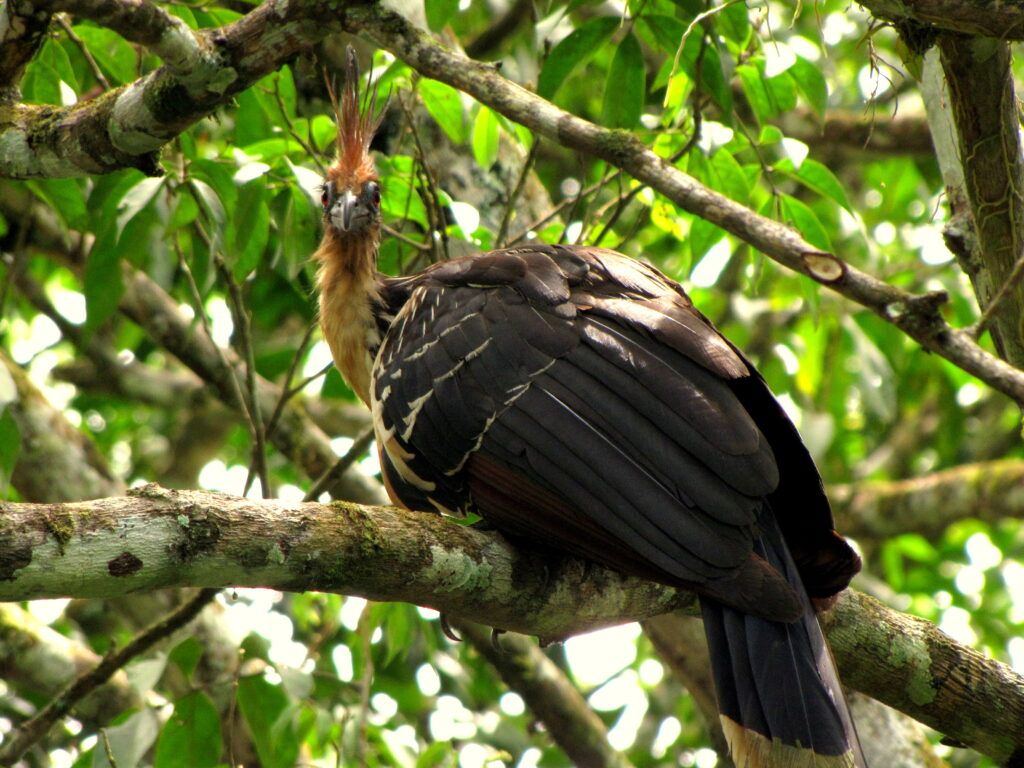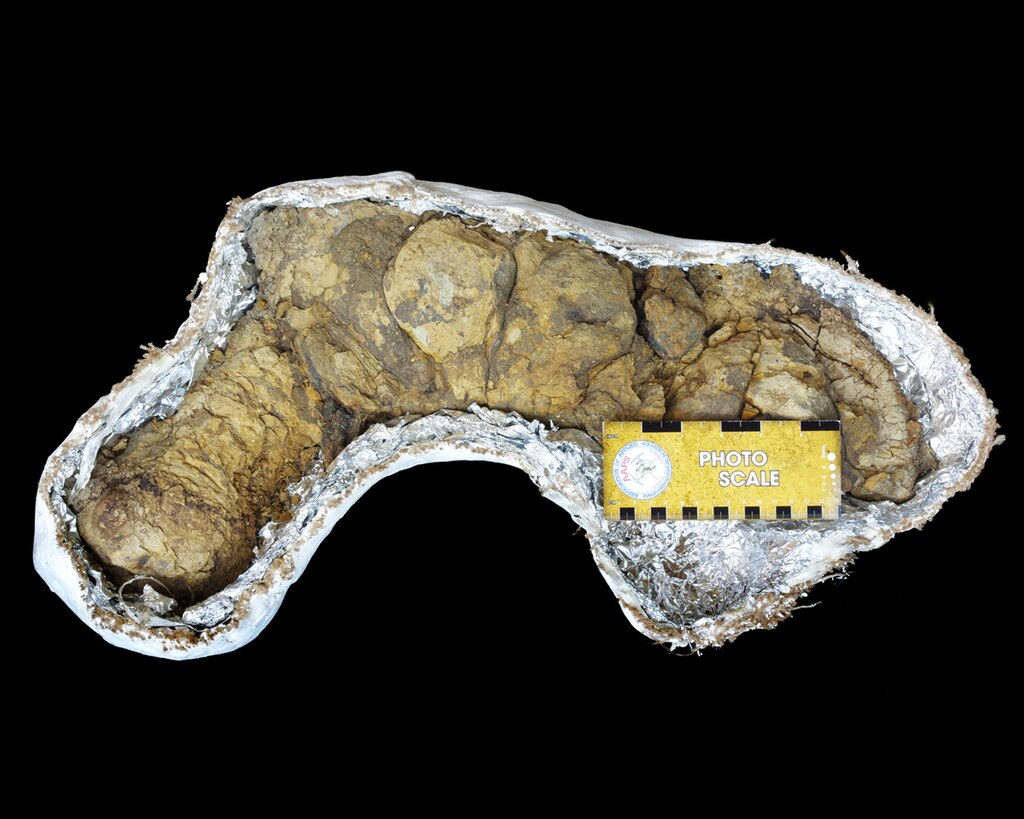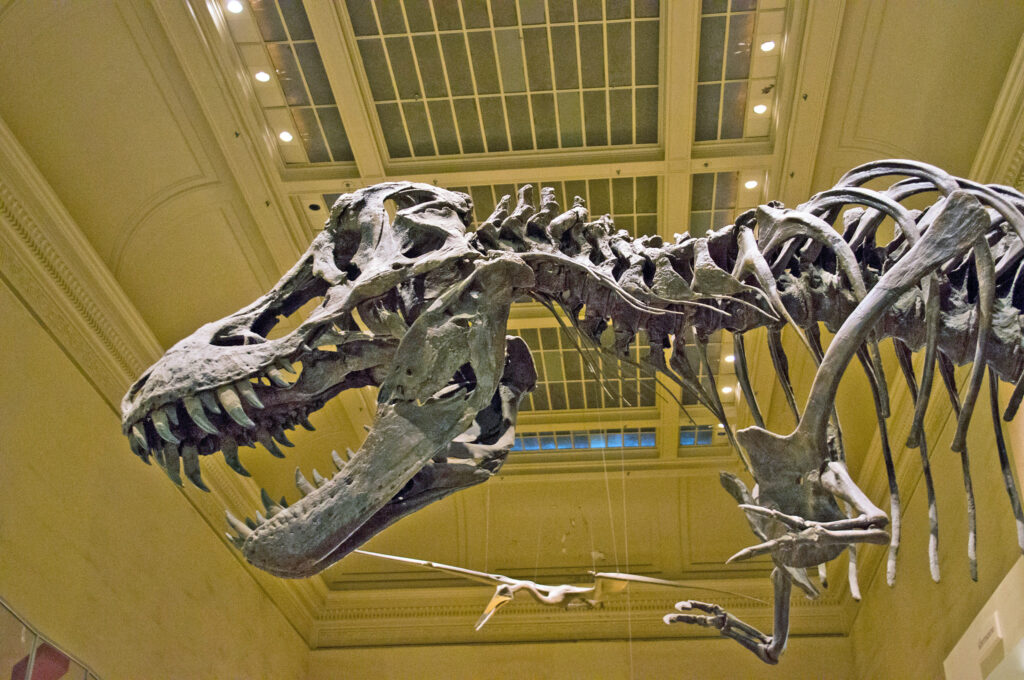The hoatzin (pronounced ho-AT-sin) stands as one of ornithology’s most fascinating enigmas—a living puzzle piece that seems to bridge ancient prehistory with modern avian evolution. Native to the Amazon and Orinoco basins of South America, this peculiar bird has captivated scientists for centuries with its bizarre physical characteristics, most notably the clawed digits on its wings that harken back to its dinosaurian ancestors. Unlike any other living bird, juvenile hoatzins possess functional claws on their wings, allowing them to climb trees in a manner reminiscent of Archaeopteryx, the famous transitional fossil between dinosaurs and birds. This remarkable feature, combined with its unusual digestive system and distinctive appearance, has earned the hoatzin its reputation as one of evolution’s most curious creations.
Taxonomic Mystery: The Hoatzin’s Evolutionary Puzzle

The hoatzin (Opisthocomus hoazin) stands as one of the most taxonomically perplexing birds in modern ornithology. Scientists have struggled for decades to determine its precise evolutionary relationships, with the bird being placed in various families and orders throughout history. DNA studies have provided some clarity, suggesting the hoatzin represents an early branch in the evolution of modern birds, having diverged from other avian lineages approximately 64 million years ago, remarkably close to the mass extinction event that wiped out the non-avian dinosaurs. This ancient divergence explains why the hoatzin possesses such a unique collection of primitive and derived characteristics not seen together in other birds. Some researchers have even proposed that the hoatzin might represent its distinct evolutionary line, separate from all other living birds, making it a truly singular species on our planet.
Prehistoric Fingers: The Remarkable Wing Claws

The most striking feature of the hoatzin is undoubtedly the functional claws that juvenile birds possess on their wings. These claws develop at the end of the bird’s first and second digits (analogous to our index and middle fingers), forming hook-like structures that protrude from the wing’s leading edge. When threatened, young hoatzins demonstrate a remarkable escape behavior by dropping from their nests into the water below, then using their claws to climb back up into the trees, clawing their way to safety. As the birds mature, these claws gradually recede, becoming less functional in adults. This characteristic is particularly significant because it represents a vestigial trait shared with ancient bird ancestors like Archaeopteryx and certain dinosaurs, making it a living example of evolutionary history. The hoatzin’s claws stand as one of the most direct physical connections between modern birds and their dinosaurian ancestors visible in any living species today.
The Stinkbird: An Aromatic Reputation
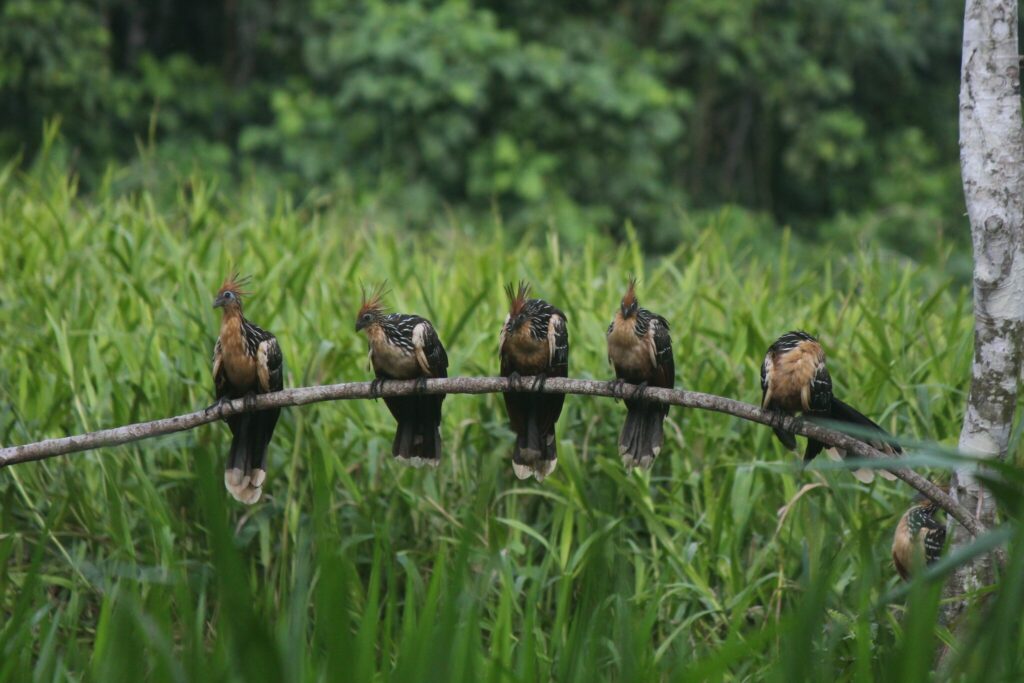
The hoatzin has earned several unflattering nicknames over the centuries, most commonly “stinkbird” or “Canje pheasant,” due to its distinctive and rather unpleasant odor. This characteristic smell, often compared to fresh cow manure or sweet-smelling hay, emanates from the bird’s unique digestive system and has made it largely unappealing as a food source for human hunters. The odor results from bacterial fermentation in the bird’s enlarged crop, where plant matter is broken down through a process similar to what occurs in cows’ stomachs. Local populations throughout its range have maintained various cultural beliefs about the hoatzin, with some indigenous groups considering it taboo to hunt these birds due to their smell and unusual appearance. Interestingly, the hoatzin’s unappetizing aroma may have contributed to its survival by discouraging predation, both from humans and other animals sensitive to smell.
Cow of the Trees: A Unique Digestive System

The hoatzin possesses perhaps the most specialized digestive system of any bird, employing bacterial fermentation to break down the tough leaves and plants that make up the majority of its diet. Unlike most birds, which have relatively simple digestive tracts, the hoatzin has evolved an enlarged crop—a muscular pouch in the esophagus—that functions similarly to a cow’s rumen. Inside this modified crop, symbiotic bacteria break down plant cellulose through fermentation, allowing the bird to extract nutrients from vegetation that would be indigestible to most other avian species. This process produces volatile fatty acids that contribute to the bird’s characteristic odor and gives the hoatzin the nickname “cow of the trees” or “flying cow.” The specialized digestive system has a notable physical impact—the massive crop displaces the bird’s flight muscles on the sternum, resulting in reduced flying ability and a somewhat awkward, heavy appearance when in flight.
Habitat and Geographic Distribution

Hoatzins inhabit the riparian forests, mangroves, and swamps of the Amazon and Orinoco basins, with their range extending across several South American countries, including Brazil, Colombia, Ecuador, Peru, Bolivia, Venezuela, and the Guianas. These birds demonstrate a strong preference for environments where water and dense vegetation meet, typically establishing territories along slow-moving rivers, oxbow lakes, and flooded forests. The hoatzin’s habitat requirements are quite specific—they need overhanging branches above water for nesting and protection from predators, as well as abundant leafy vegetation for feeding. Climate change and habitat destruction pose significant threats to these specialized environments, with deforestation for agriculture and development being particularly concerning. Despite these pressures, hoatzins have maintained relatively stable populations throughout much of their range due to their adaptability to secondary growth and their ability to survive in disturbed habitats as long as basic requirements for food and nesting are met.
Social Structure and Breeding Behaviors

Hoatzins display fascinating social behaviors that set them apart from many other bird species, living in small family groups of typically 2-8 individuals that defend communal territories. These social units usually consist of a breeding pair and their offspring from previous seasons, creating a cooperative breeding system where young birds from previous years help with nest building, territorial defense, and caring for new chicks. Breeding typically coincides with the rainy season when food availability peaks, with pairs constructing platform nests from twigs and leaves positioned over water for added protection from predators. Female hoatzins generally lay 2-3 eggs per clutch, with incubation duties shared between parents and helper birds. The cooperative breeding system significantly increases chick survival rates, with multiple adults contributing to feeding and protection. Remarkably, research has documented cases where non-related adults may join established groups, suggesting complex social dynamics that extend beyond simple family units—a level of social cooperation relatively rare among leaf-eating birds.
Physical Appearance and Distinctive Features

Beyond its famous wing claws, the hoatzin possesses several other distinctive physical characteristics that make it instantly recognizable. Adults typically measure 24-26 inches (60-65 cm) in length and weigh approximately 1.5-1.8 pounds (700-800 grams), with a long, loose crest of spiky feathers adorning their heads that gives them a somewhat prehistoric appearance. Their facial skin is bare and bright blue, contrasting dramatically with their red eyes, while the body plumage displays a complex pattern of browns, tans, and black markings with distinctive white streaks on the neck and chest. The hoatzin’s wings appear proportionally small and rounded compared to its body size, contributing to its limited flying abilities. Perhaps most notable from a structural perspective is the bird’s modified sternum (breastbone), which has been adapted to accommodate the enlarged crop, resulting in reduced attachment points for flight muscles and contributing to the bird’s generally poor aerial performance. These physical traits collectively create one of the most distinctive silhouettes in the avian world—unmistakable once seen and unlike any other living bird.
The Hoatzin’s Unusual Vocalizations

The vocal repertoire of the hoatzin adds another layer to its peculiar character, with calls described variously as croaks, groans, hisses, and wheezing sounds that seem almost reptilian in quality. These unusual vocalizations serve important functions in territorial defense and group cohesion, with different call types used to signal specific messages to family members. During breeding season, the volume and frequency of calling increase significantly, with pairs engaging in coordinated duets that help strengthen pair bonds and advertise territory ownership. Young hoatzins develop a specialized begging call that stimulates feeding responses from parents and helper birds, ensuring they receive adequate nutrition. Interestingly, research suggests that hoatzin vocalizations may contain individual-specific characteristics that allow family members to recognize each other’s voices—an important adaptation for maintaining group cohesion in the dense forest environments they inhabit. The overall effect of a hoatzin colony calling together creates one of the most distinctive and primeval soundscapes in the Amazon basin.
Conservation Status and Threats

The hoatzin currently holds a conservation status of “Least Concern” according to the International Union for Conservation of Nature (IUCN), largely due to its extensive range and adaptability to moderately disturbed habitats. However, this relative stability masks local population declines and increasing pressures that warrant careful monitoring. The primary threats facing hoatzins include habitat loss due to deforestation for agriculture, ranching, and development, particularly in the Amazon basin, where conversion of riparian forests dramatically impacts available nesting sites. Water pollution represents another significant concern, as contamination from mining, agriculture, and urban development can affect the aquatic plants that form a substantial portion of the hoatzin’s diet. Climate change poses perhaps the most insidious long-term threat, with altered precipitation patterns affecting water levels in the birds’ preferred wetland habitats and potentially disrupting breeding cycles. Conservation efforts have focused on habitat protection within the species’ range, with several protected areas and national parks throughout South America serving as important refuges for hoatzin populations.
Ecological Role and Diet Specialization

As a folivore (leaf-eater), the hoatzin occupies a relatively unusual ecological niche among birds, with leaves comprising up to 82% of its diet—a specialization more common among mammals than birds. This dietary preference includes leaves from over 50 plant species, though particular favorites include plants from the families Araceae (aroids), Piperaceae (peppers), and various aquatic plants. The hoatzin’s specialized digestive system allows it to detoxify certain plant secondary compounds that would be poisonous to other animals, enabling it to exploit food resources unavailable to most competitors. In ecological terms, hoatzins function as important seed dispersers for some plant species, though their primary ecological impact lies in leaf consumption and nutrient cycling within riparian forest ecosystems. Unlike many bird species that consume insects or fruits, hoatzins maintain relatively stable populations year-round due to the consistent availability of their leafy food sources, making them an important constant presence in tropical forest food webs. Research suggests that juvenile hoatzins incorporate more fruits and flowers into their diet than adults, gradually transitioning to the specialized leaf-based diet as their digestive systems mature.
Scientific Research and Evolutionary Significance

The hoatzin continues to attract significant scientific attention as researchers seek to unravel the mysteries of its evolutionary history and unique adaptations. Genetic studies have provided valuable insights into the bird’s phylogenetic position, suggesting it represents an early branch in the evolution of modern birds that has maintained certain primitive characteristics through millions of years of independent evolution. The hoatzin’s wing claws have been studied extensively as examples of atavistic traits—ancestral features that have reemerged—providing important clues about evolutionary development and the genetic mechanisms that control embryonic growth. Investigations into the bird’s unique digestive system have yielded insights relevant to understanding complex symbiotic relationships between animals and microorganisms, with potential applications in fields ranging from agriculture to human gut health. Perhaps most significantly, the hoatzin serves as a living reminder of the complex evolutionary pathways that have shaped modern birds, standing as a fascinating example of how different selective pressures can produce remarkable specializations while preserving ancestral traits. Ongoing research continues to reveal new aspects of hoatzin biology, making it an important model organism for studies in comparative anatomy, digestive physiology, and evolutionary development.
Cultural Significance and Local Folklore
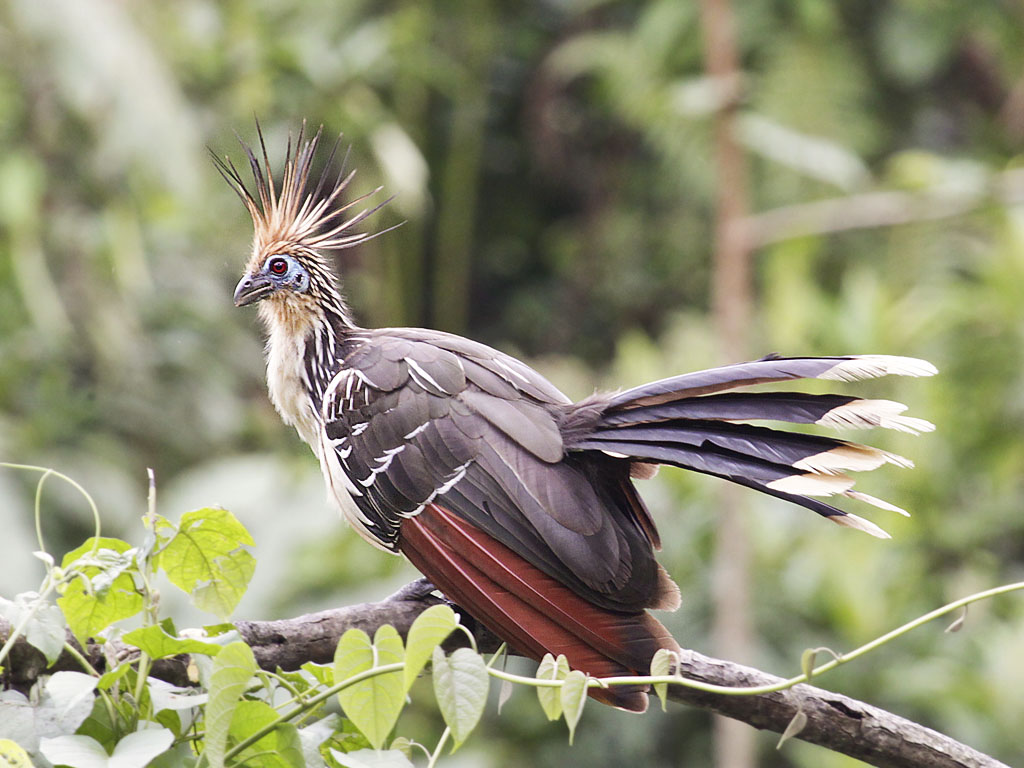
Throughout its range, the hoatzin has accumulated rich cultural associations among indigenous peoples and local communities of South America. In Guyana, where it’s known as the “Canje pheasant,” the bird has been designated as the national bird and features prominently in local cultural identity. Many indigenous Amazonian groups incorporate the hoatzin into their mythology and folklore, often attributing special powers or spiritual significance to this unusual creature. Some traditional stories portray the hoatzin as a messenger between the worlds or as a transformed ancestor due to its ancient appearance and strange behaviors. Despite its protected status in many countries, the hoatzin has historically been hunted in some regions, though its strong odor and tough meat have generally made it less desirable as food compared to other birds. Interestingly, some traditional medicinal practices in parts of the Amazon basin utilize hoatzin parts, particularly the crop contents, as treatments for certain ailments, though scientific evidence for any medicinal efficacy is lacking. In modern times, the hoatzin has become an important attraction for ecotourism operations throughout the Amazon, drawing bird-watchers and wildlife enthusiasts eager to observe this living evolutionary oddity.
The Hoatzin’s Place in Modern Avian Science
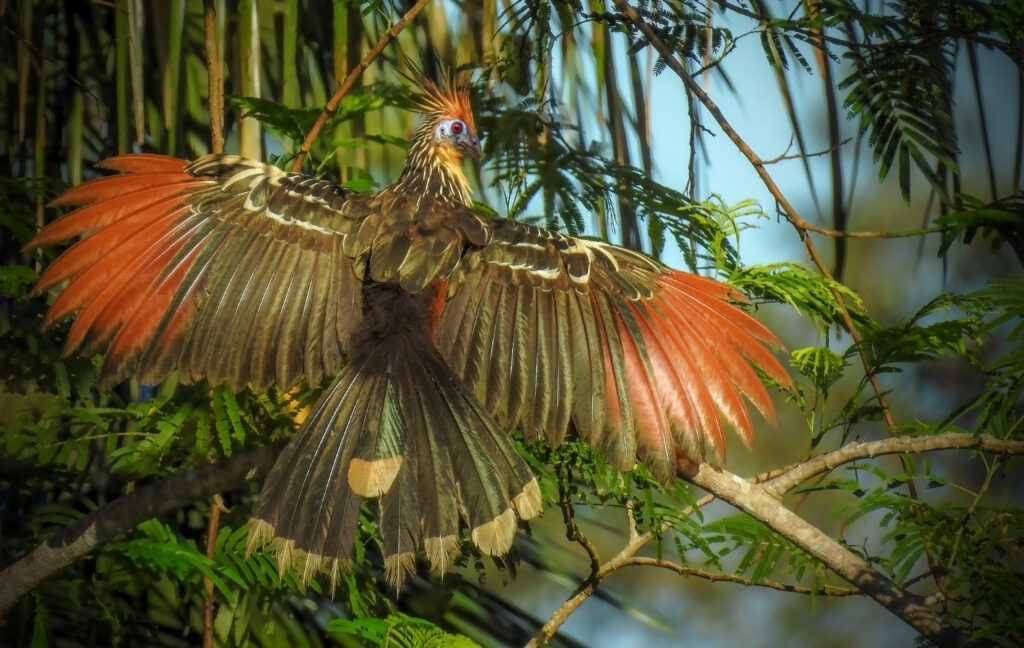
As our understanding of bird evolution continues to advance through genetic research and fossil discoveries, the hoatzin has secured its place as one of the most scientifically valuable bird species on the planet. Modern genomic studies have revealed that despite its primitive features, the hoatzin belongs firmly within the avian evolutionary tree, though its precise relationships remain subject to ongoing research and debate. The bird’s unique combination of characteristics has made it an important reference point for scientists studying everything from the evolution of flight to the development of digestive specializations in vertebrates. Comparative studies between hoatzin embryos and those of other birds have yielded important insights into the developmental processes that control the formation of wings and digits, helping researchers better understand how modern bird wings evolved from dinosaur forelimbs. The hoatzin’s specialized crop microbiome has become a focus of research in microbiology, offering a unique window into how animals can evolve complex symbiotic relationships with microorganisms to exploit challenging food resources. As scientific techniques continue to advance, the hoatzin remains at the forefront of avian research, consistently revealing new layers of its evolutionary story and biological complexity.
Conclusion

The hoatzin stands as a remarkable example of evolution’s capacity to produce extraordinary specializations while simultaneously preserving ancient traits. With its dinosaur-like wing claws, unique digestive system, and puzzling evolutionary relationships, this peculiar South American bird continues to fascinate scientists and nature enthusiasts alike. While not immediately threatened with extinction, the hoatzin faces mounting pressures from habitat loss and climate change that may eventually challenge its remarkable evolutionary resilience. As research continues to unravel the mysteries of this living fossil, the hoatzin reminds us that the boundary between past and present in evolutionary history is not always as clear-cut as it might seem. The story of the hoatzin—the strange, smelly, clawed bird of the Amazon—serves as a compelling reminder that some of evolution’s most fascinating experiments continue to thrive in the forests of our living world.

